CURRENT EXHIBITION

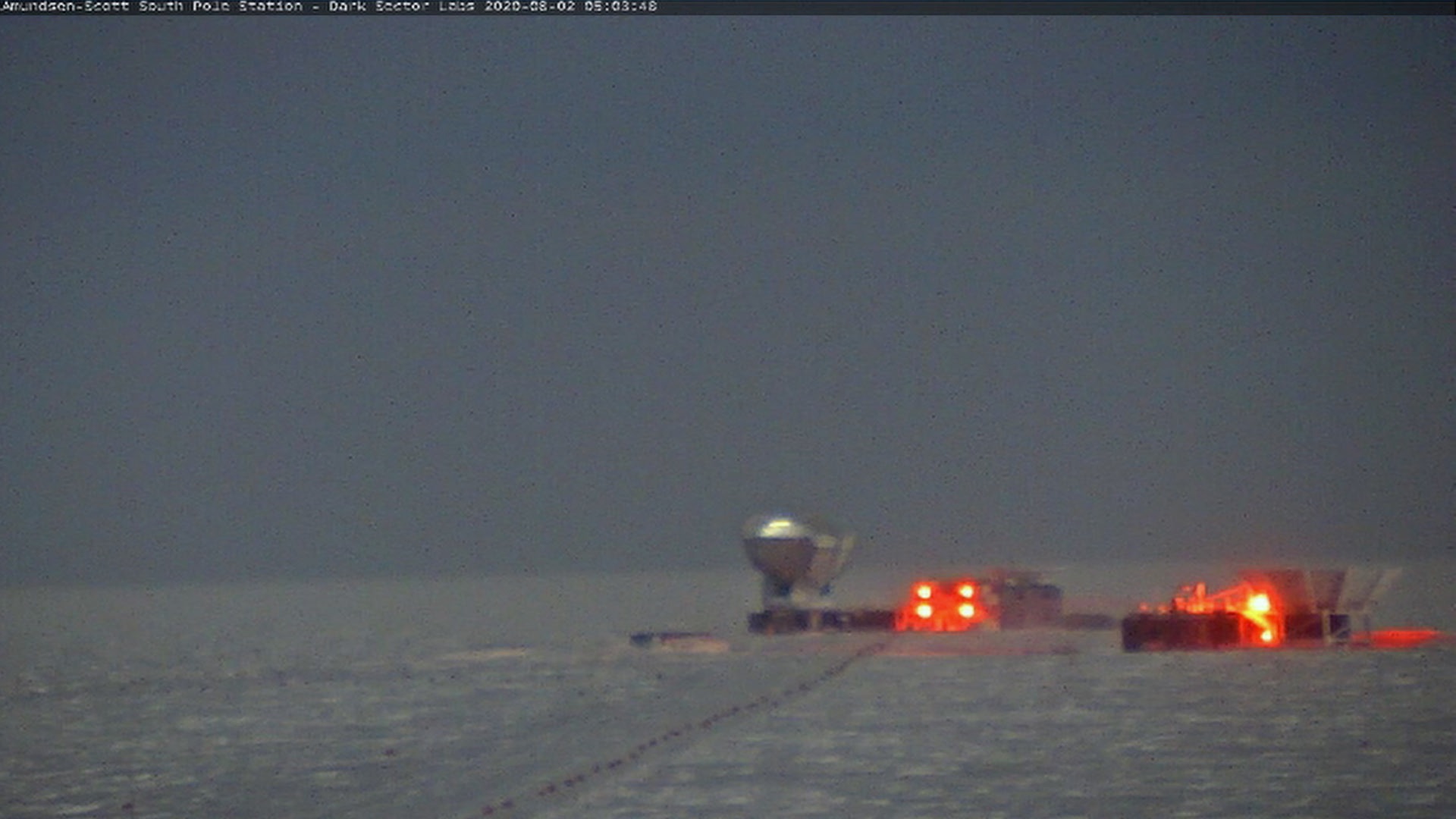
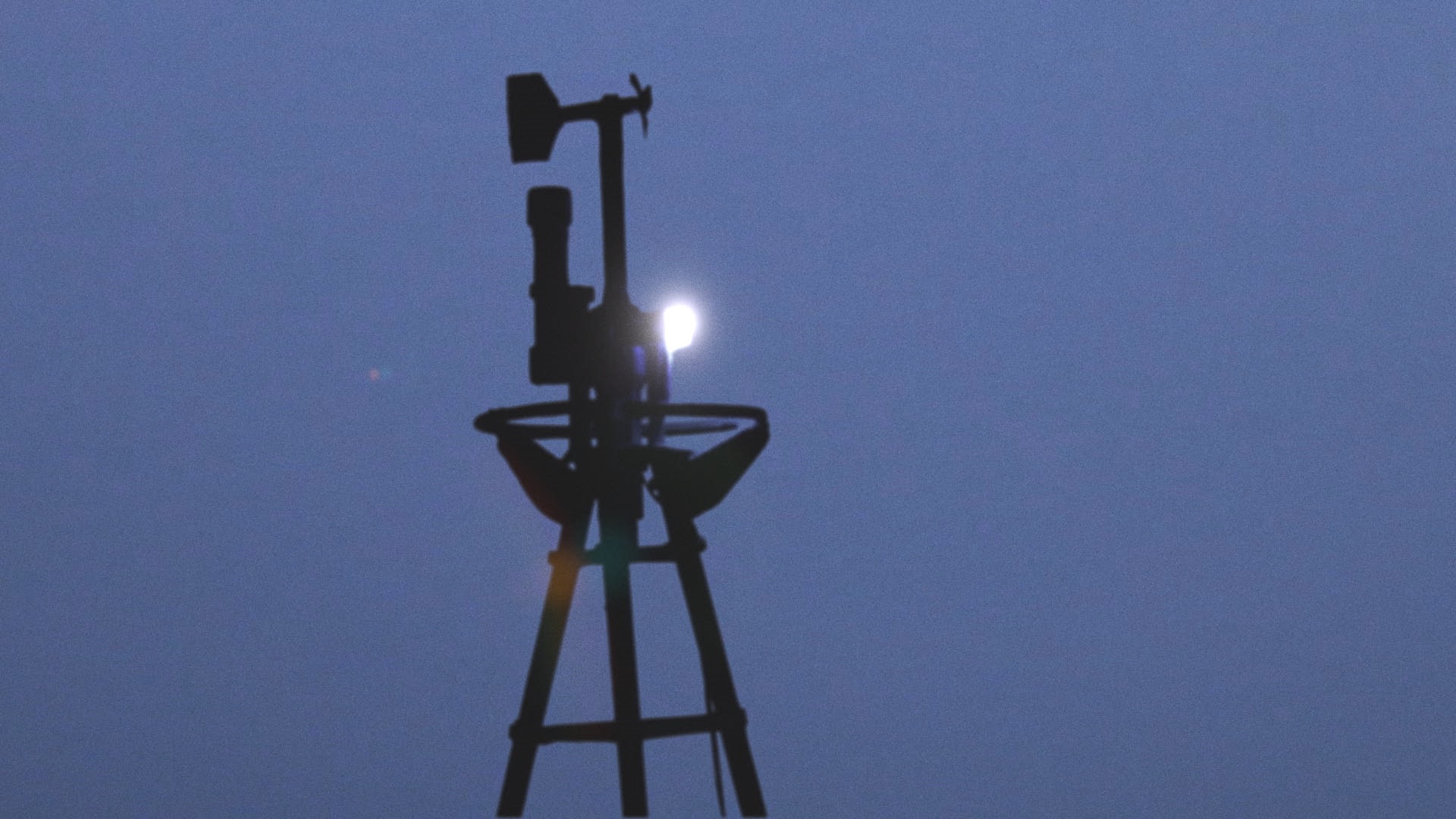
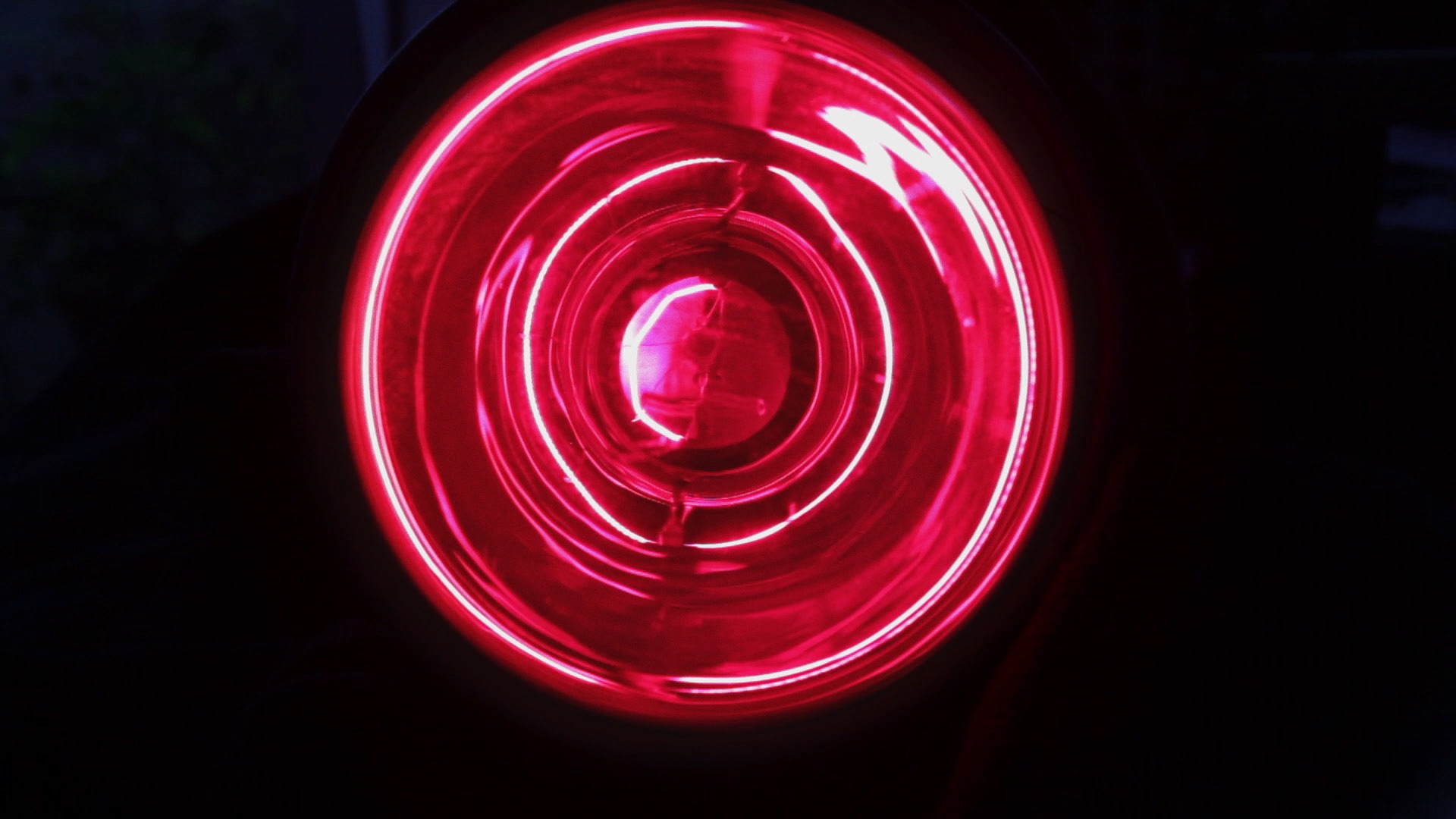
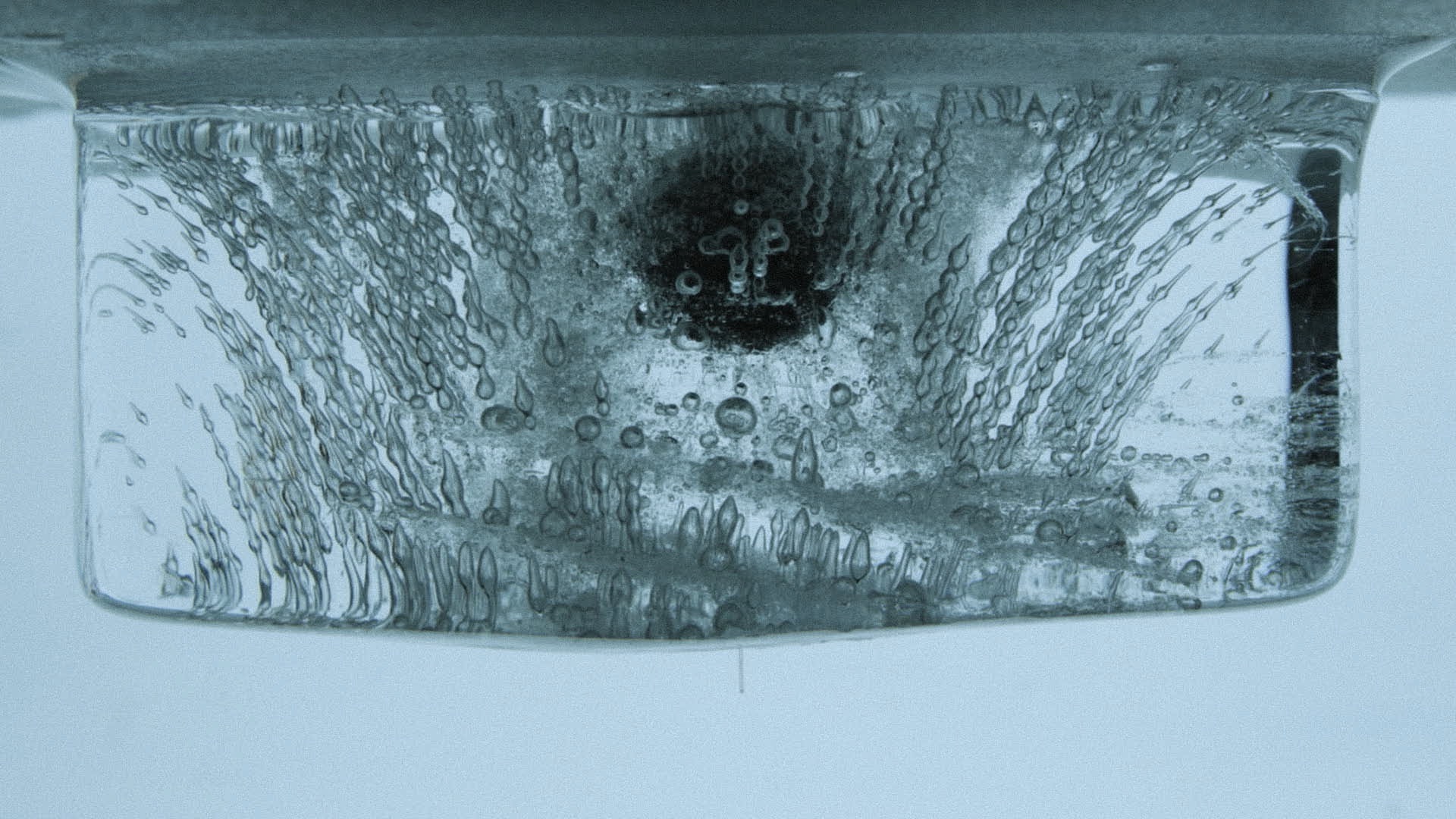
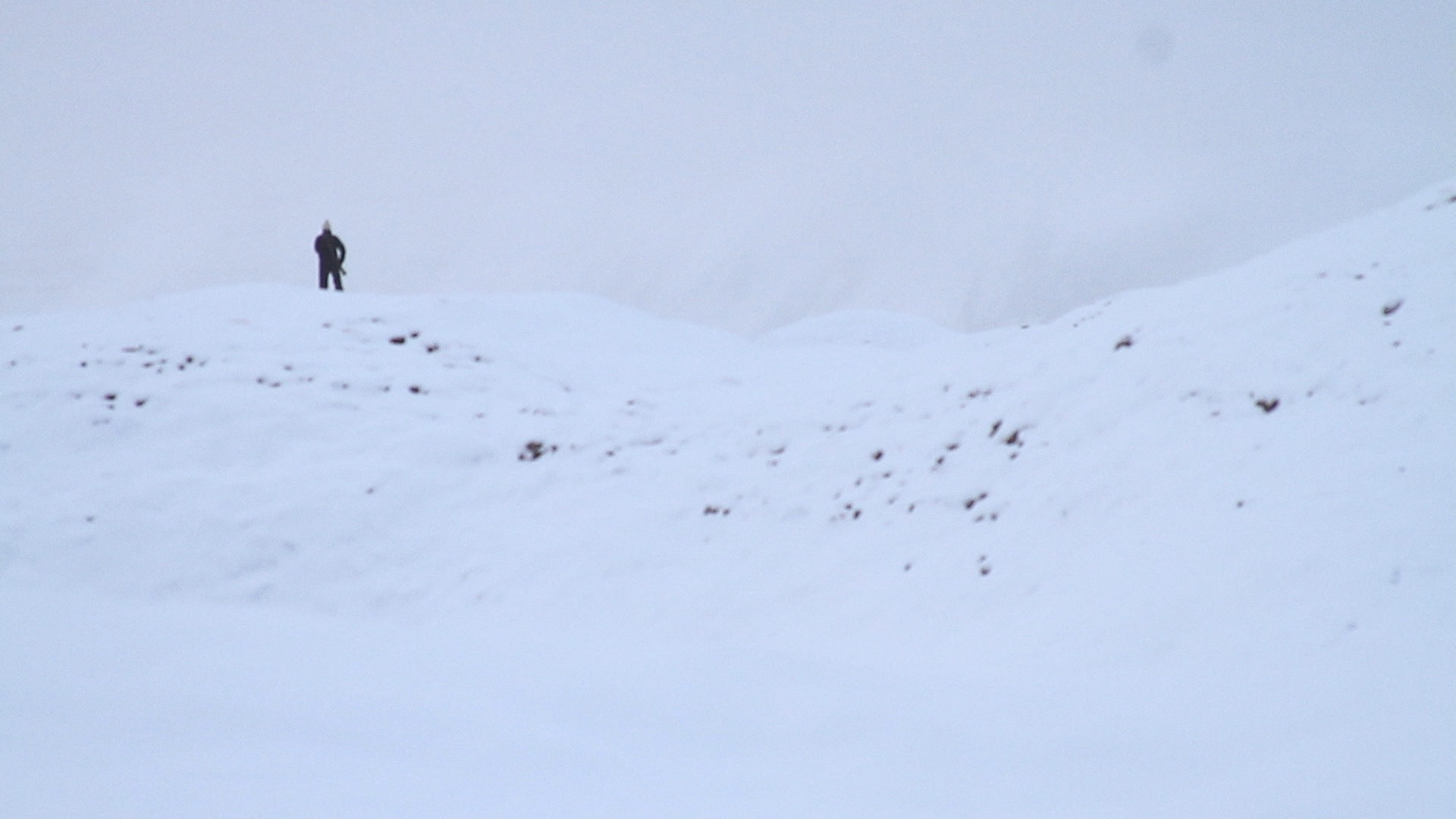
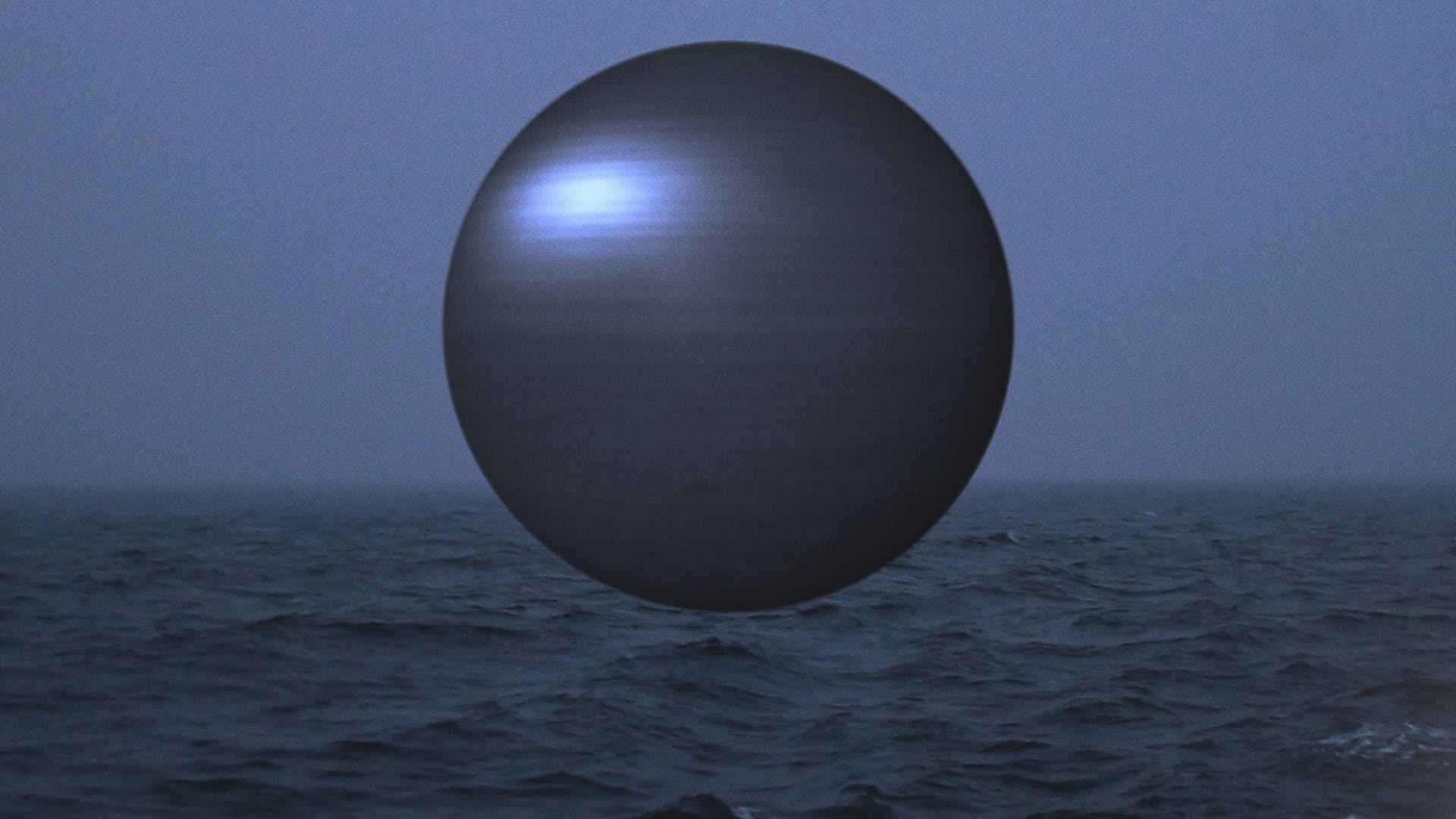
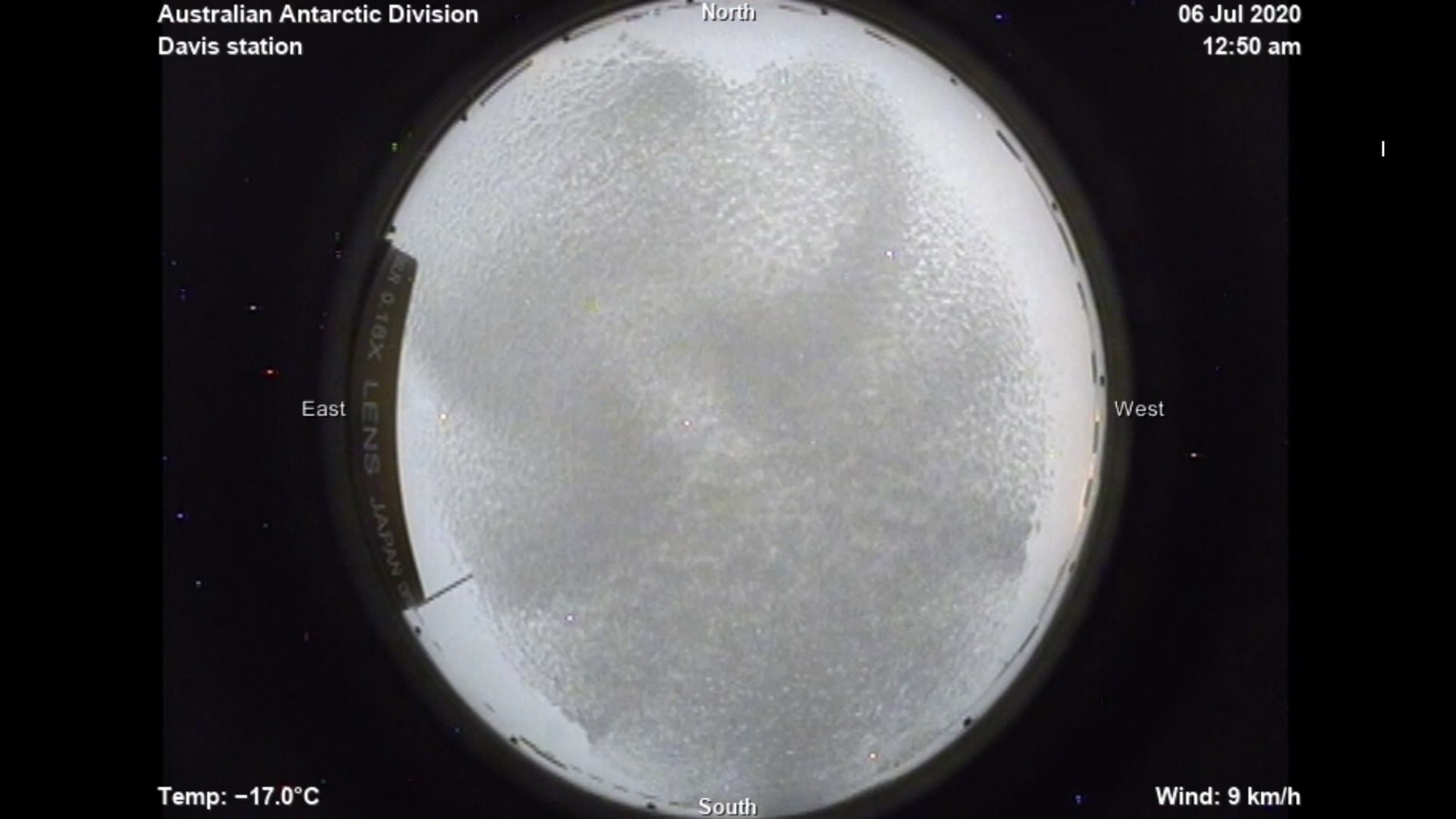
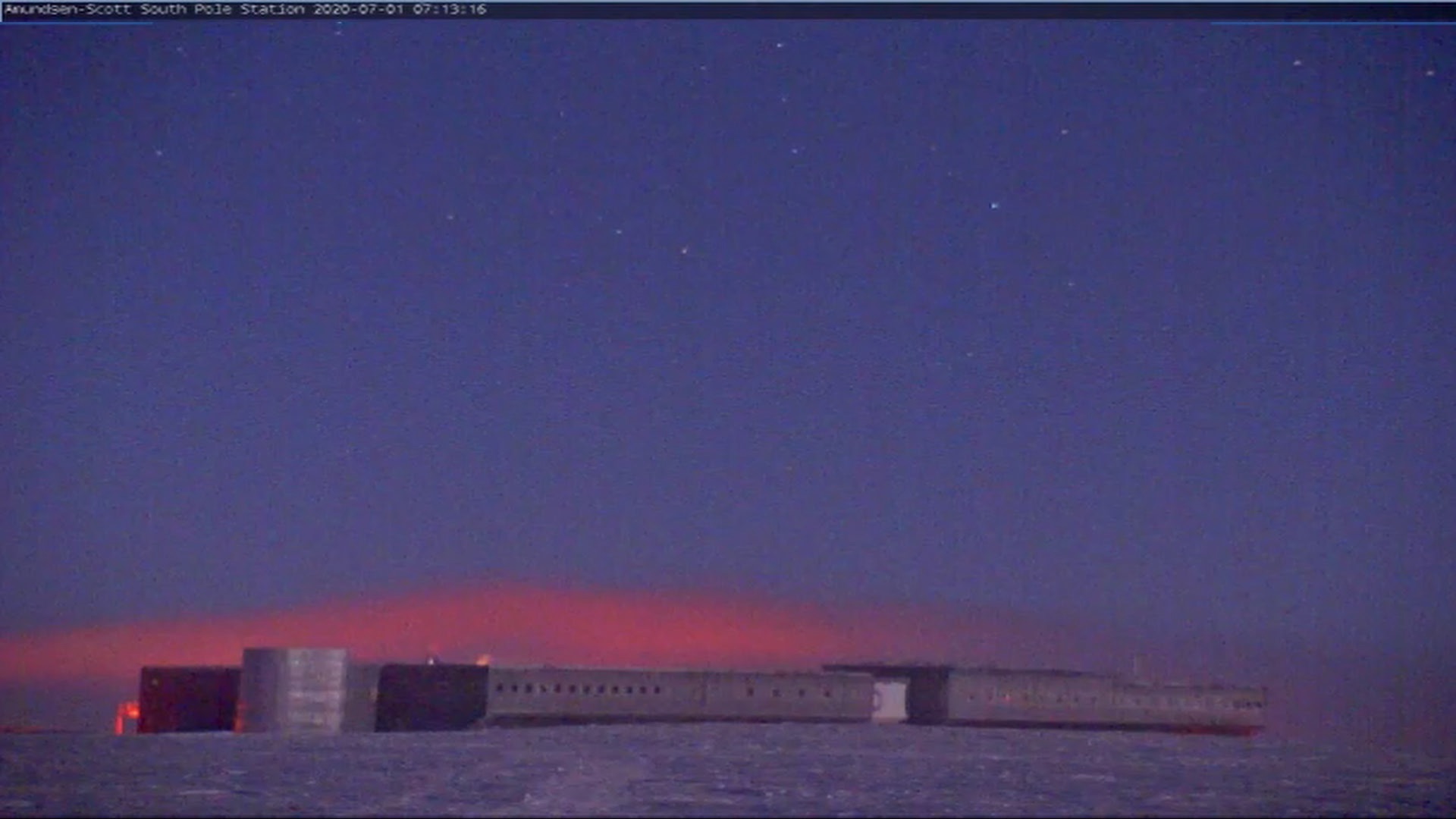
Jeu de Paume (online), Paris – França, 2020
aarea.co (online), São Paulo - Brasil, 2020
October 21st 2020 to January 2021
Click here to see the work
From 21st October aarea occupies Jeu de
Paume's Espace Virtuel with Le Futur d'avant, a curatorial project that
presents a series of commissioned works that will debut over the months,
starting with Leticia Ramos (Brazil). The program will also feature works by
Marguerite Humeau, Jota Mombaça, Catherine Dufour and Jean-Marc Ligny, among
others.
About
Le Futur d'avant
Le
Futur d'avant departs from the genre of science
fiction to remind us that we have the power to formulate other possibilities
for the future. If the future is a projection, or a fiction, what kind of
narratives do we want to project in order to imagine a future that is more
engaging than the uncertainty of our present situation? How can art help us to
envision them?
In her essay The Carrier Bag Theory of
Fiction (1986), science-fiction writer Ursula K. Le Guin analyses the recurring
story that is told about the development of mankind and explains that, being an
aging woman, she feels no connection with the heroic figure of the “mammoth hunter”.
However, there is a narrative for her and for the many other people who are
excluded from this brave myth: from the Palaeolithic to prehistoric times,
humans mostly ate foods gathered in nature (plants, seeds, small animals,
etc.), not the meat of large prey that involved hunting. Le Guin then asks why
we don’t recognize and tell more stories about the invention of the bags,
containers, baskets and bowls that met the primary needs of carrying and
storing food. This story, however, may not be as exciting and engaging as the
male narrative of the adventurous hunter. In her writing, Le Guin set out to
write science-fiction novels that work as a kind of “bag”: one that not only
contains the myth of the bold hero, but also beginnings without ends, spaceships
that get stuck, missions that fail, more tricks than conflicts and far fewer
triumphs than snares and delusions: “Finally, it’s clear that the Hero does not
look well in this bag. He needs a stage or a pedestal or a pinnacle. You put
him in a bag and he looks like a rabbit, like a potato.”
In most of the classic works of science
fiction the same power structures present in our current society are
replicated. Their narratives are centred around the male who explores, while
women and persons of colour relegated to secondary roles – they are not the
ones building new cosmologies and developing technologies. Looking at
science-fiction that is written by multiple voices might provide an opportunity
to imagine other future worlds that do not reproduce the same structural traps
in which we find ourselves today.
Octavia Butler’s Parables books, for instance, provide a provocative
counter-narrative for thinking about the current commercial exploration of
space promoted by the heroic “mammoth hunters” of our times, capitalist
billionaires like Elon Musk and Jeff Bezos. Butler’s space mission is founded
on a collective dream so radical that it must be projected in space.
What kind of world-making do we want to
take forward? The artists engaged in this reflection on science-fiction do not
neglect the past when seeking clues for thinking about the future. They see
technology as a tool for the preservation of ancestral knowledge and the
imagining of alternative realities.
About Leticia Ramos's Null Island
The
Future d’Avant programme of Jeu de Paume’s Espace Virtuel opens with Letícia
Ramos’s Null Island, curated by aarea.
Null
Island is located at 0°N 0°E, where the prime meridian and the equator cross.
The location is marked by a buoy in the Atlantic. This hypothetical place
exists only in mathematics and cartography: it was created so that other places
could be indexed on a map.
At a
weather station in Antarctica, a scientist and a robot talk to each other. In
Letícia Ramos’s Null Island, science is the backdrop to a story that speaks of
isolation and loneliness. We follow the scientist’s perception of a strange
phenomenon that appears in the polar landscape: a metallic sphere that cannot
be captured by cameras and is visible only to the organic eyes of humans and
animals. The robot – a form of artificial intelligence that controls the
cameras and has been living there for a long time – cannot detect the sphere
and this disagreement about what is being seen triggers more subjective and
existential conversations between scientist and robot. The temporality in Null
Island is fluid, going back-and-forth; present and past refers to a hypothetical future that depends on the
viewer’s interactive choices. The current time appears in the work through data
produced by a live streaming seismograph, telling us about the state of the
ground where we live.
Null
Island was constructed using appropriated images from webcams located in the
Dark Sector of the Amundsen-Scott South Pole Station in Antarctica. There, live
cameras provide one photograph every 90 seconds, which Ramos spent months
capturing and then compiling into a stop motion animation. The natural
phenomena that occurred in the landscape were then condensed: hours of film
turned into seconds, revealing natural phenomena that would be invisible to the
human eye because of the extended temporality. Null Island also contains
footage taken by Ramos in Antarctica, together with images produced with models
in her studio in São Paulo during the lockdown.
About aarea
www.aarea.co
is an online platform founded in 2017 to showcase artworks created specifically
for the internet. aarea's website doesn't feature fixed elements such as logo,
texts or links that are not a part of the artist’s work. Each edition presents
a single project and the featured artists have all been challenged with
creating a work whose only vehicle is the internet, most doing so for the first
time. aarea’s activities extend beyond its website, promoting a broad public
program in partnership with other institutions, doing curatorial projects,
seminars and other projects.
